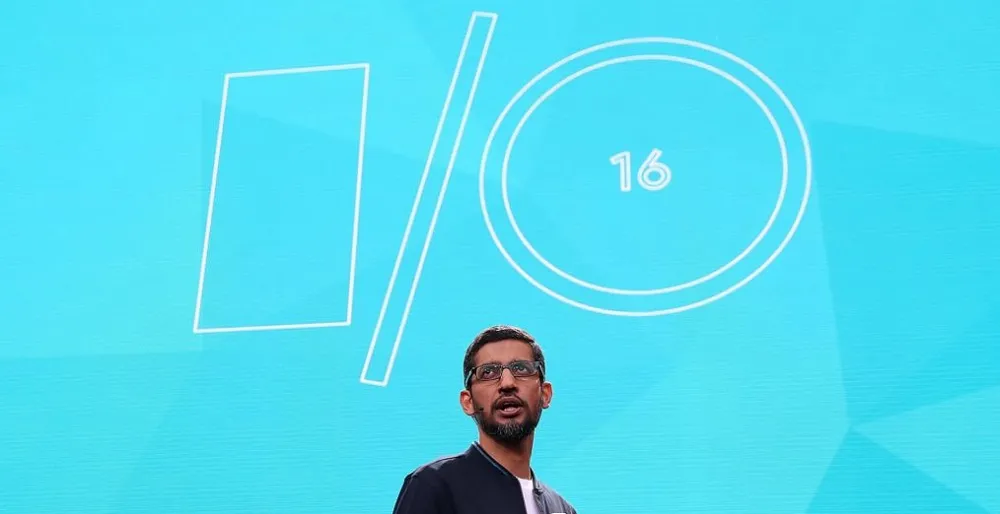Judging by CES this month, 2017 will be all about expansion and refinement for VR hardware and software. WebVR, however, stands to have a much bigger year.
2016 rounded off with a string of major announcements for the standard, which allows VR experiences to run in web browsers and giving you instant access to them. Samsung updated the WebVR support for its browser on Gear VR, Google introduced the promised experimental Daydream support for the mobile version of Chrome, and Oculus launched the preview version of its Carmel web browser that will one day have us exploring the Internet through the Rift and Gear VR. Today, however, we’re returning to Google.
The search engine giant just made Draco open-source. Don’t know what that means? Draco is a 3D graphics compression tool developed by the Chrome Media team. It is used to squash down data on complex 3D models, making them faster to download and easier to display in a browser using significantly less bandwidth. The video below showcases the tool’s speed in comparison to gzip, with 12 meshes loading faster in Google’s solution. We haven’t tested this for ourselves, however.
Google claims both of these tests were run on a 2013 MacBook Pro, but obviously keep in mind these are results Google is showing you.
While it might help speed up the development pipeline for VR and AR content, it arguably means bigger things for WebVR. Tools like Draco will allow more detailed scenes to be showcased inside headsets as the data being used, while initially large, has been compressed down. With Draco’s help, WebVR might move away from simple 360 videos and into true VR content even faster than originally anticipated. Instant access to VR could become even more, well, instantaneous.
Google is promising more developments for Draco, including even faster loading of meshes. You can grab the tool from GitHub.


























